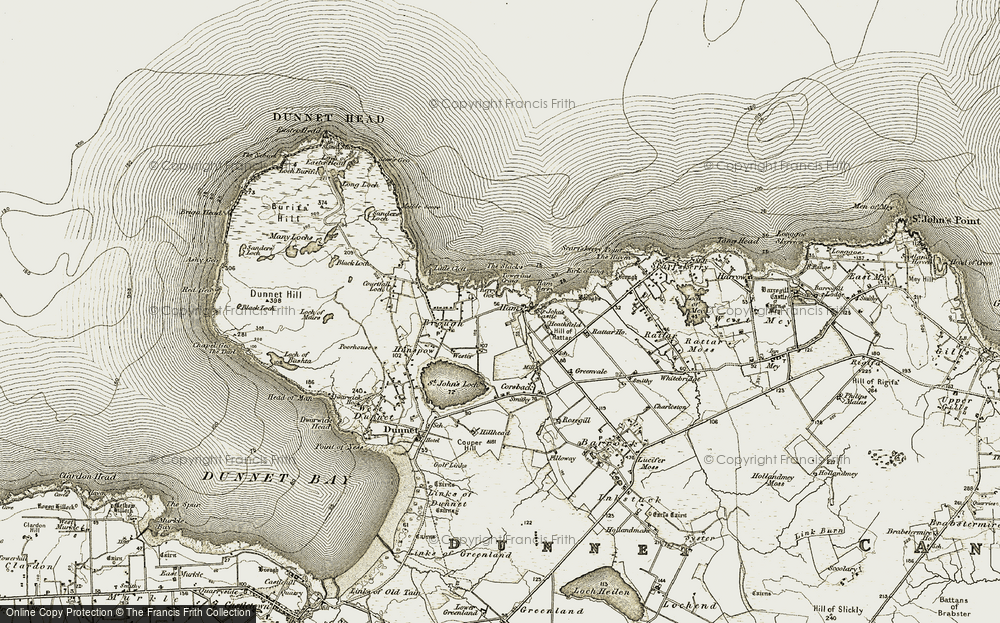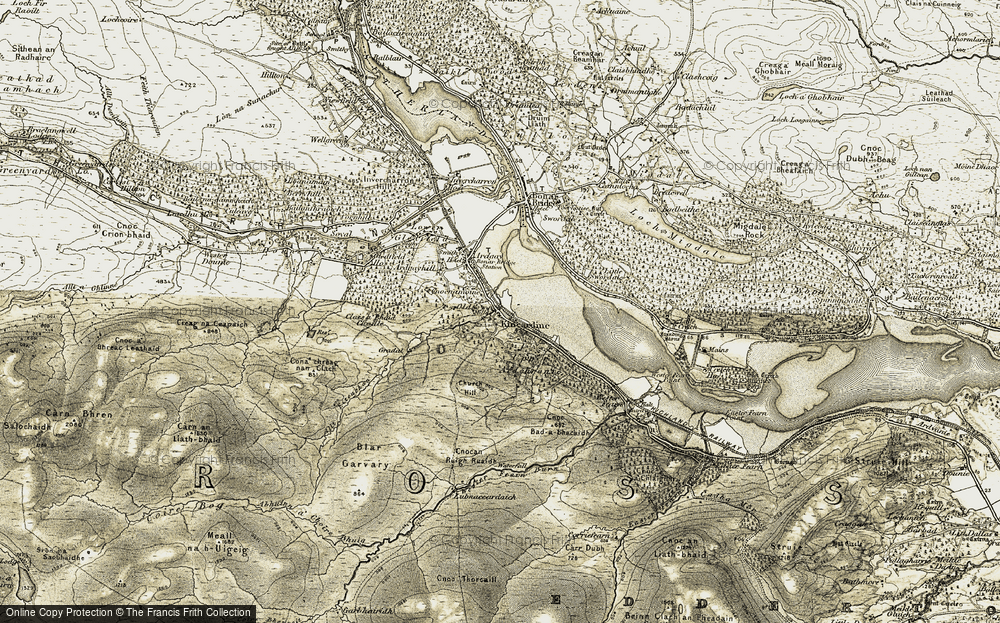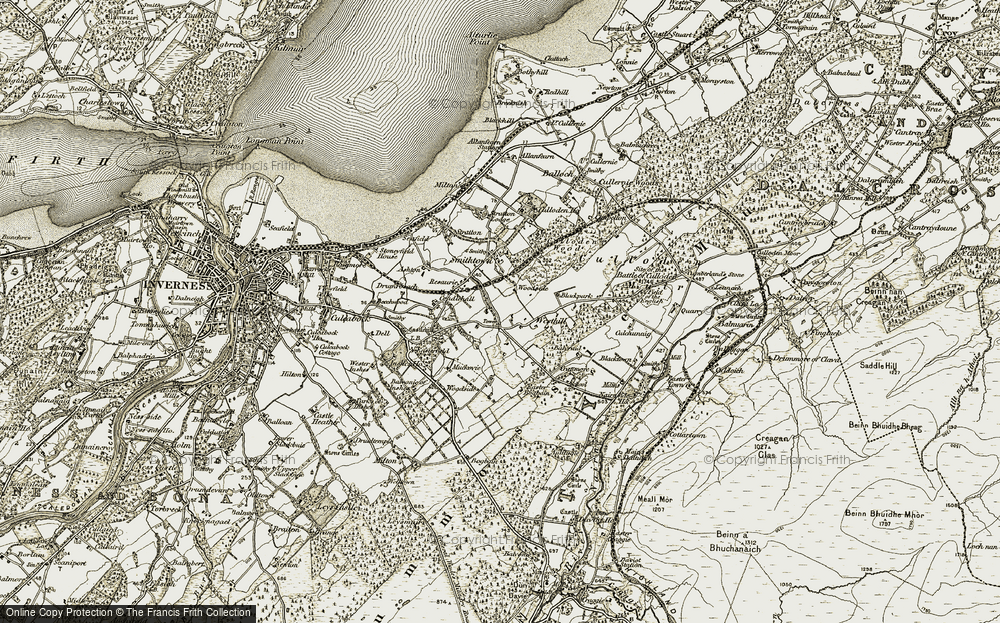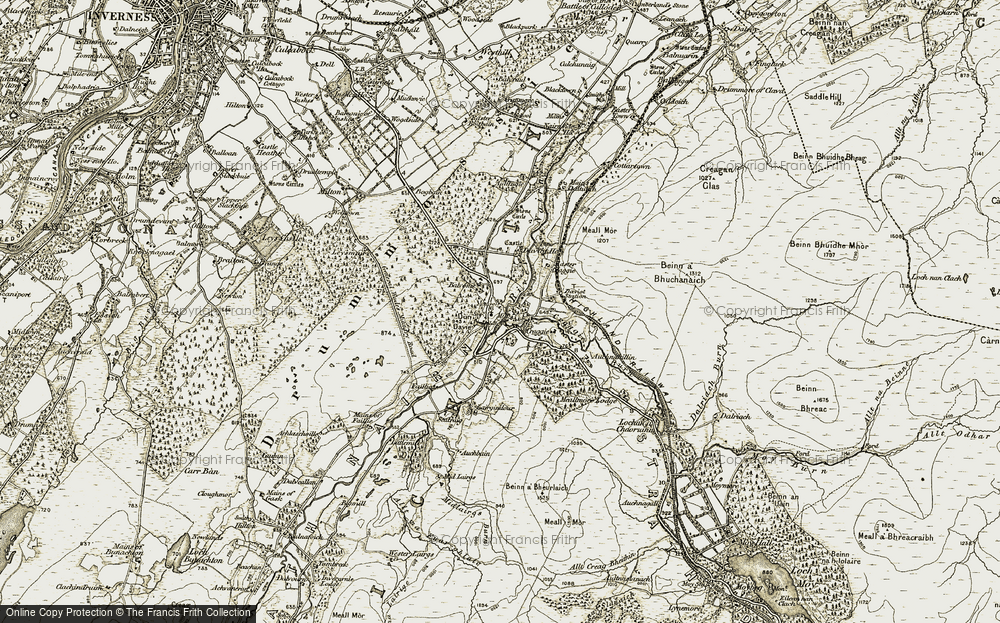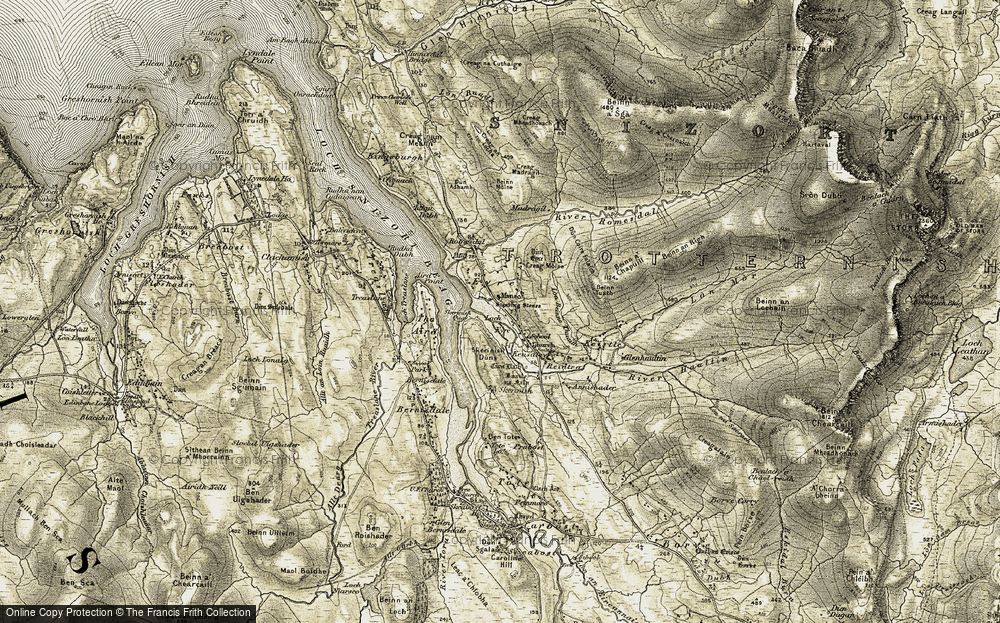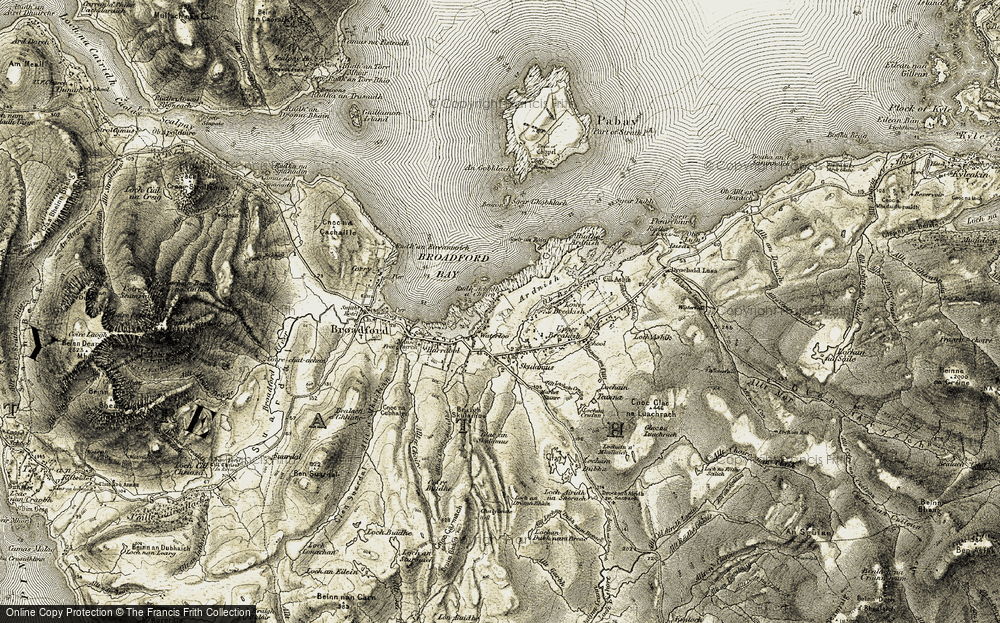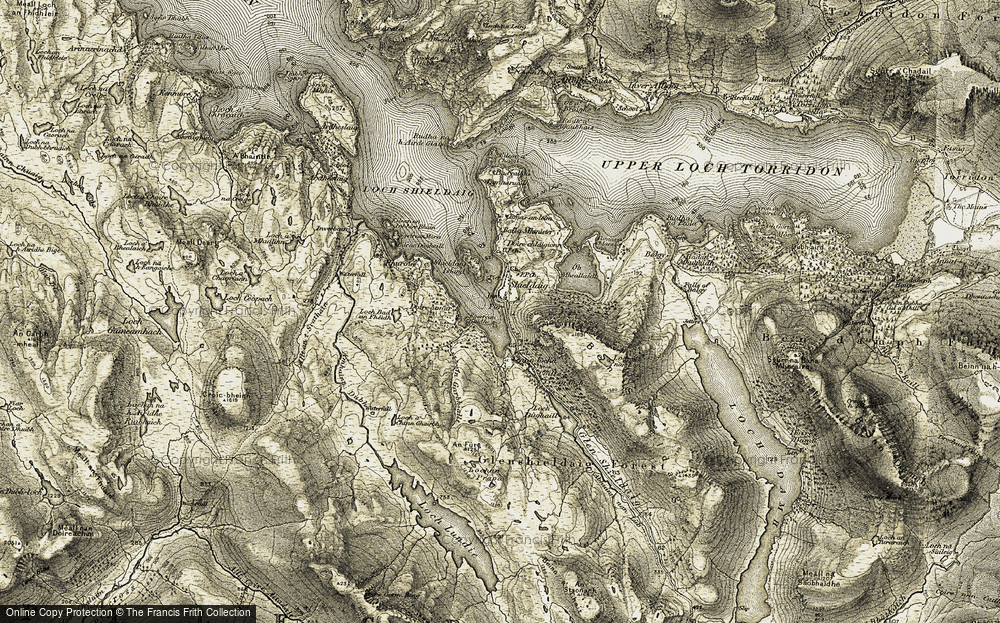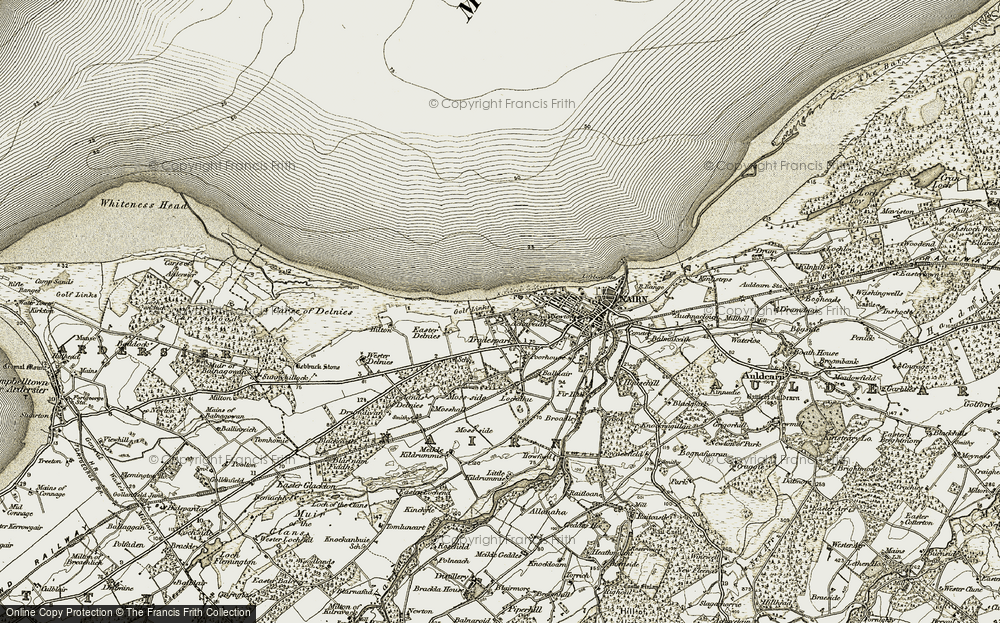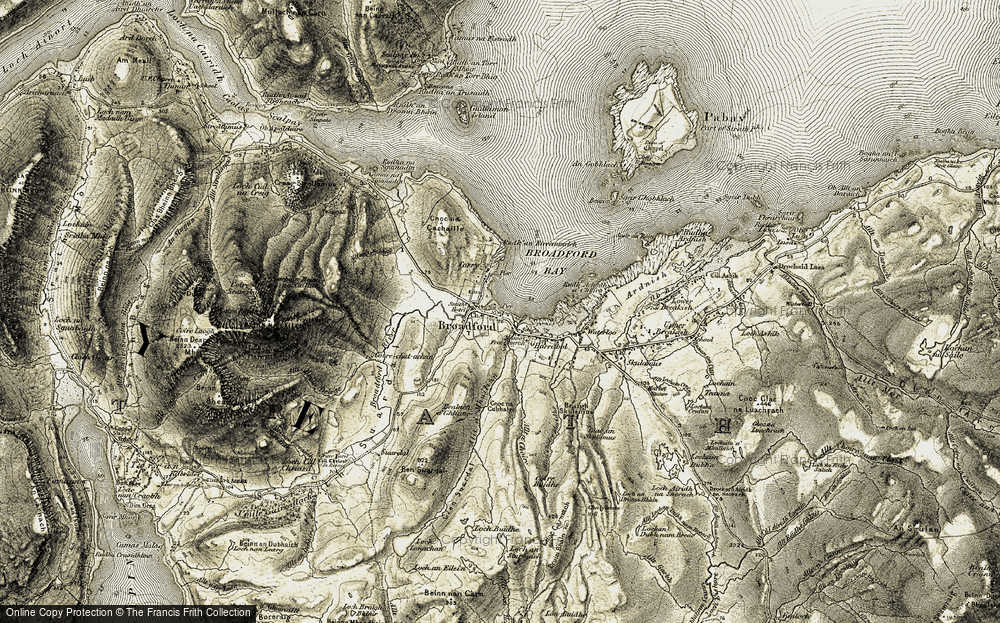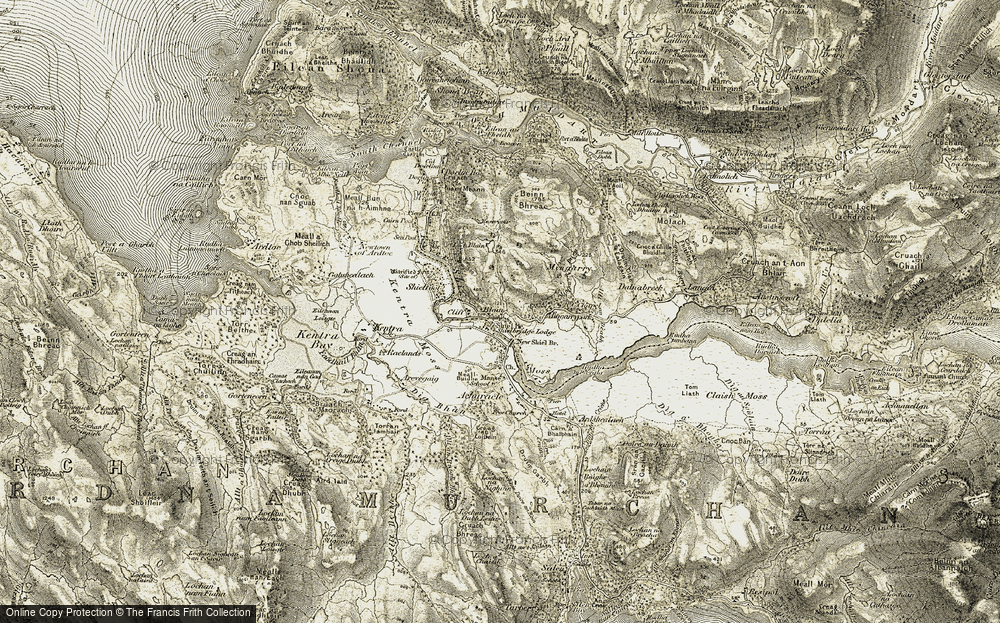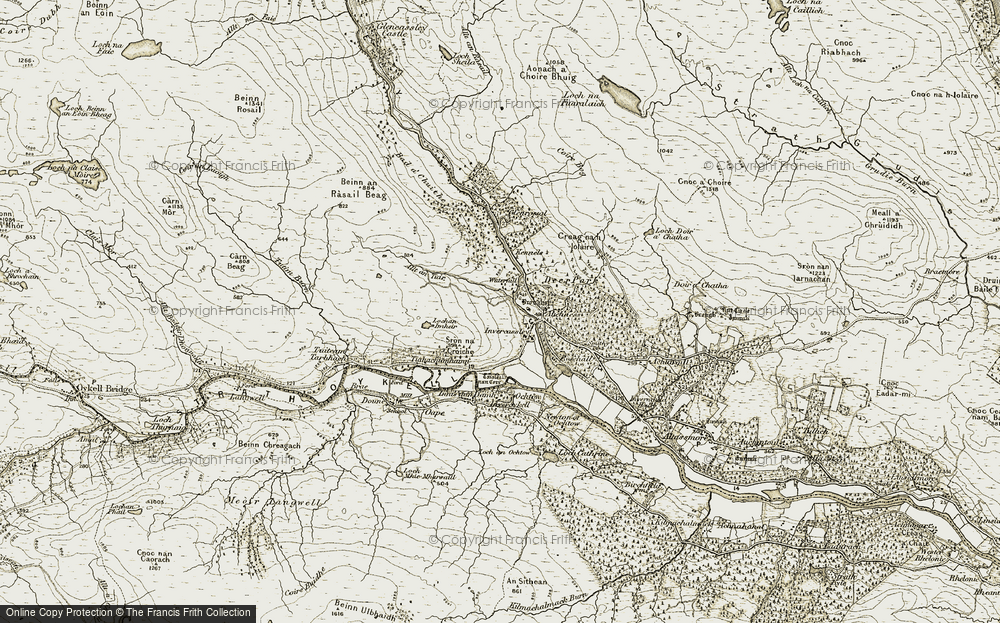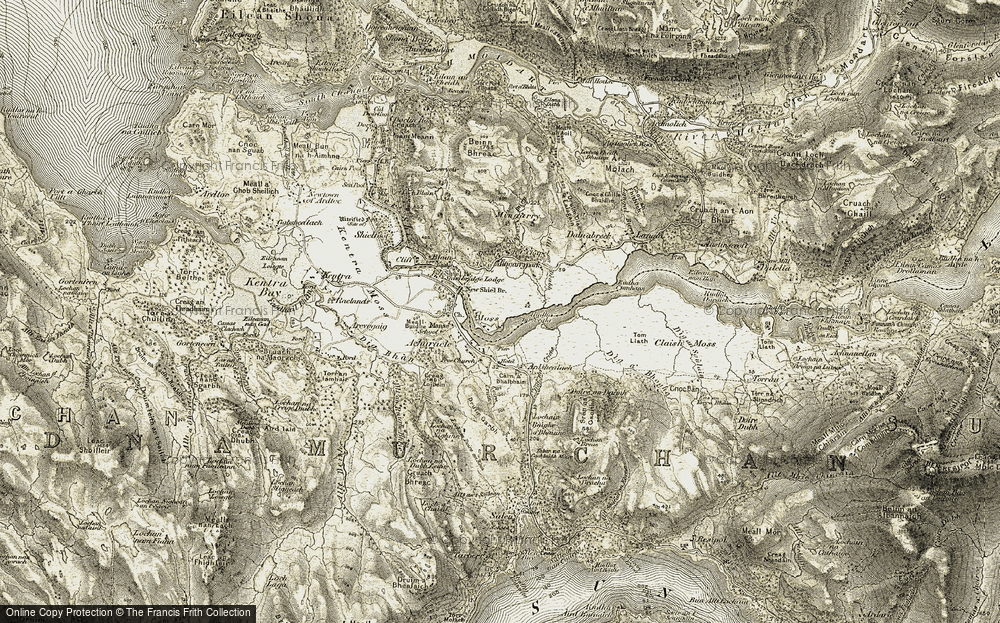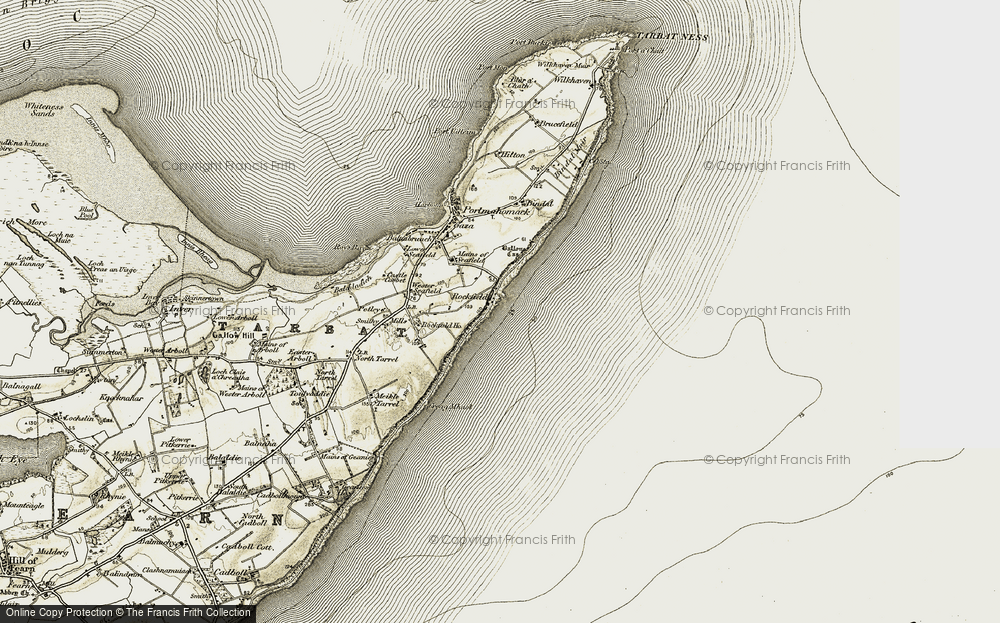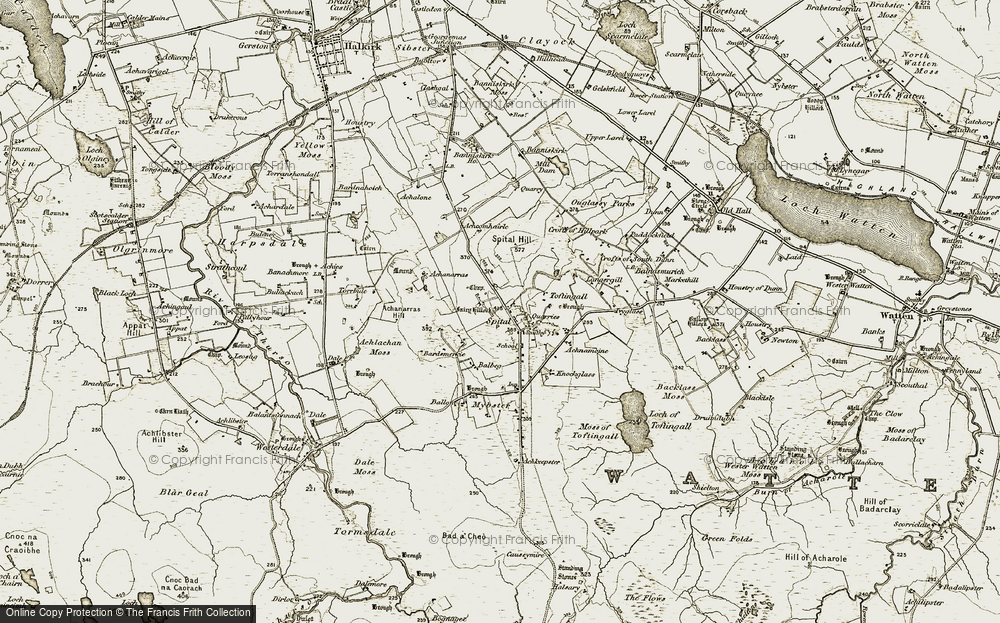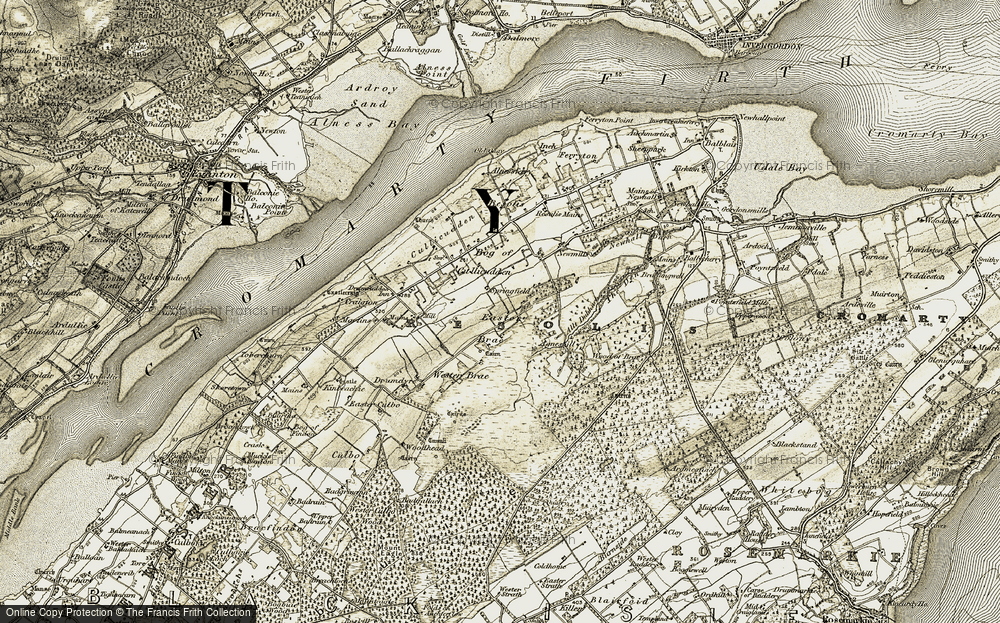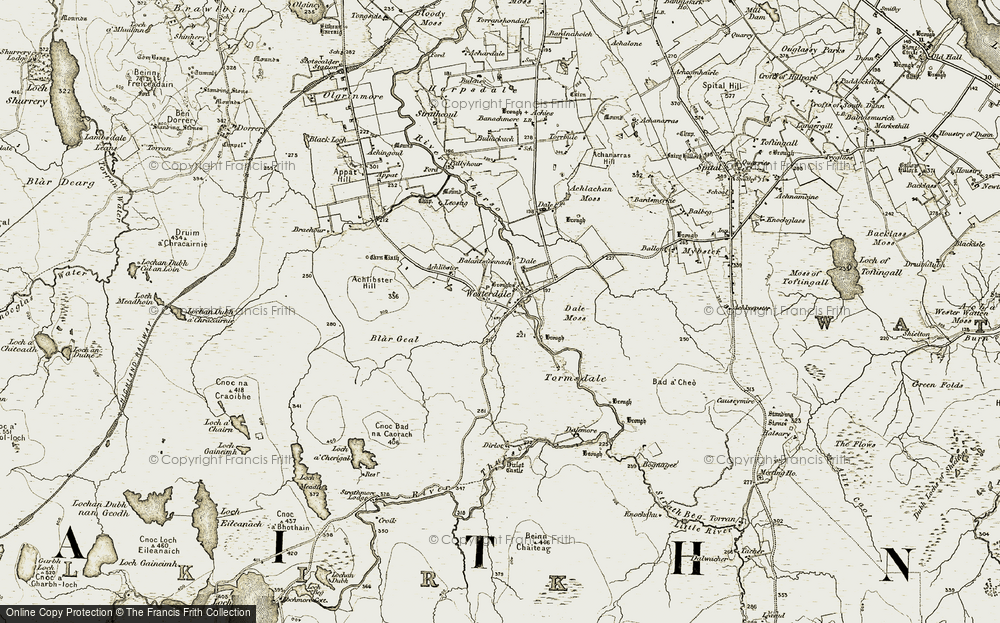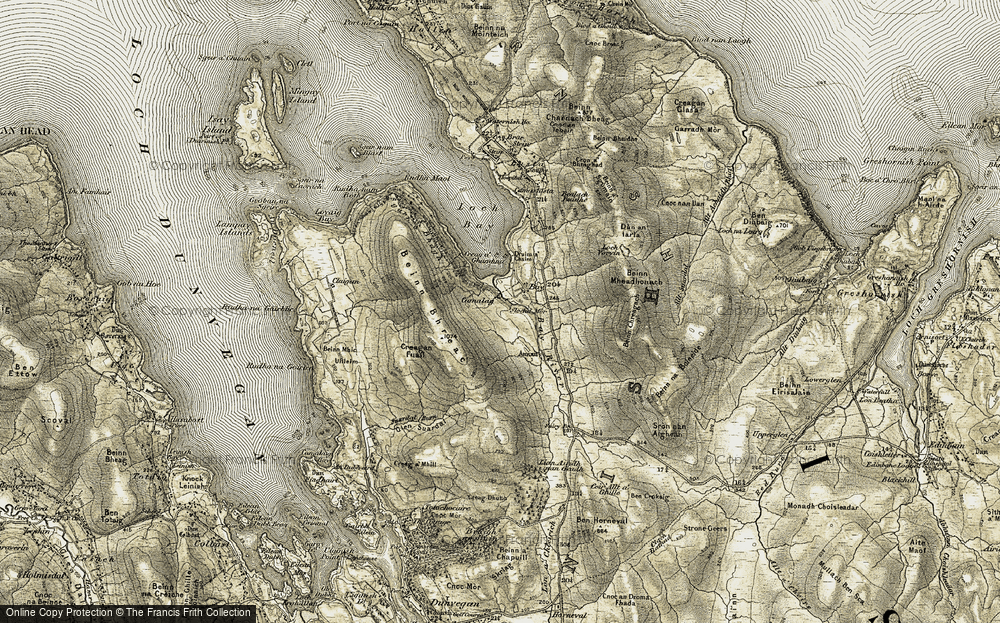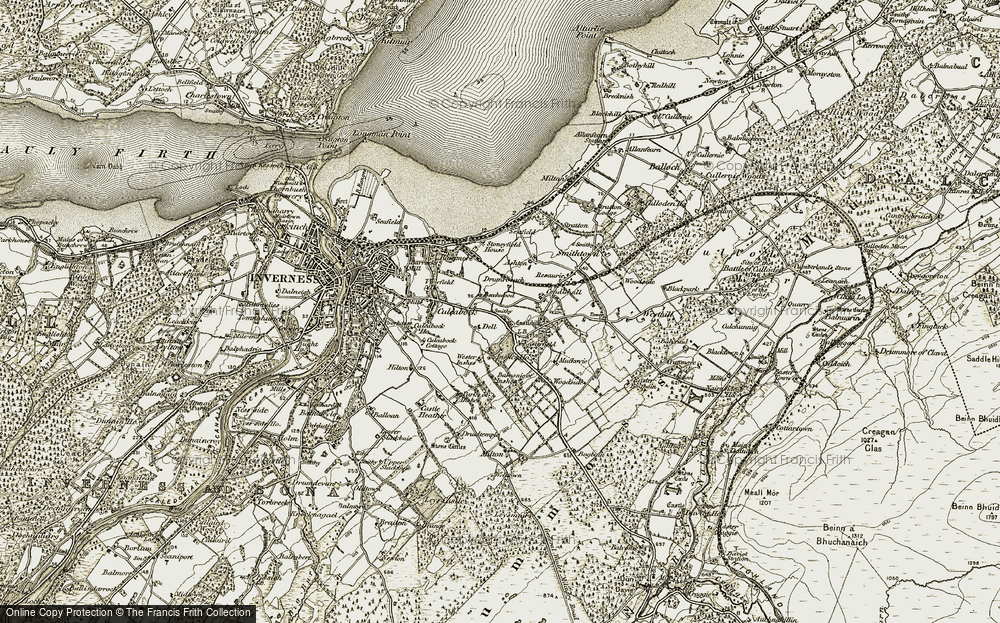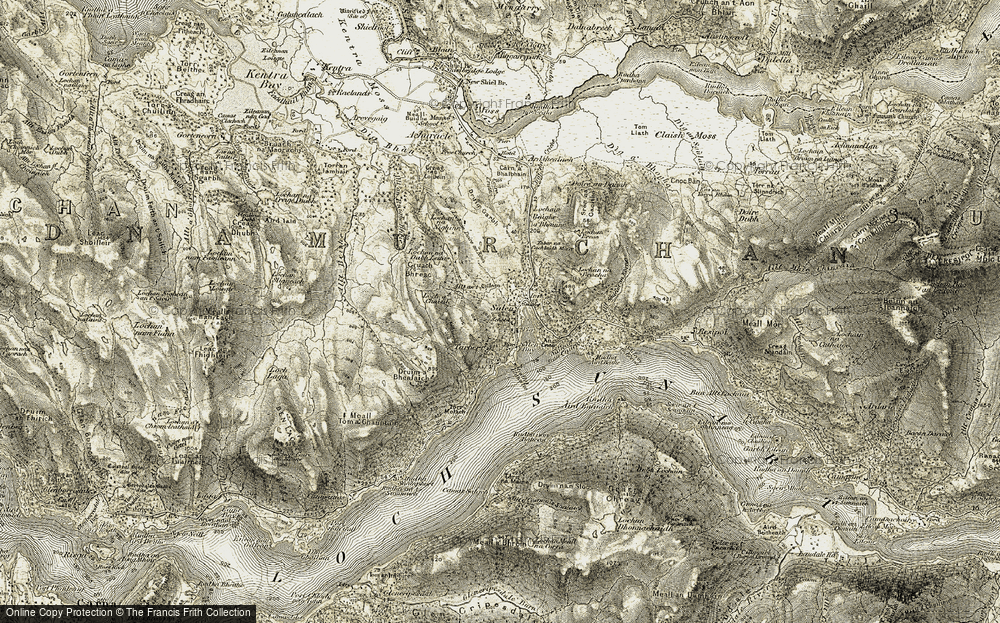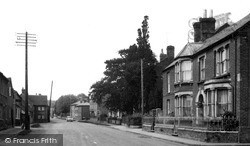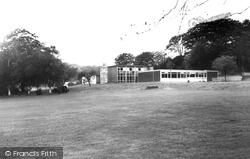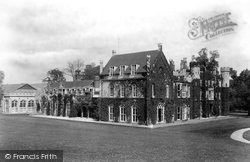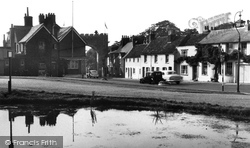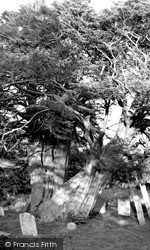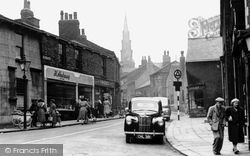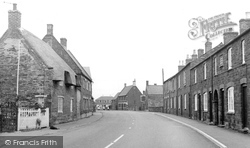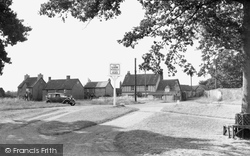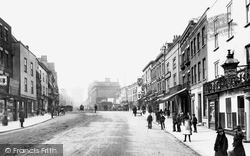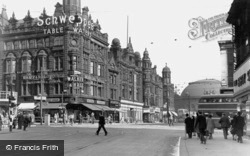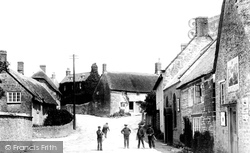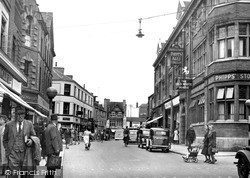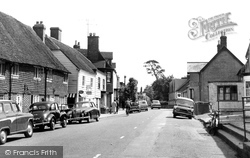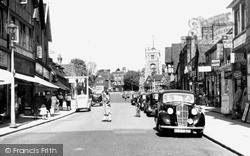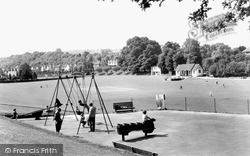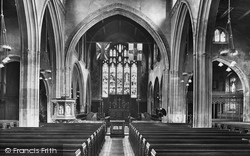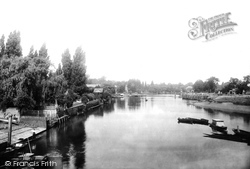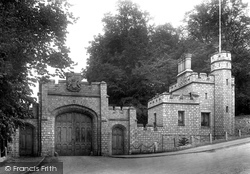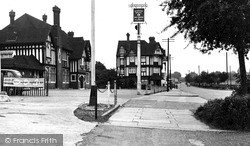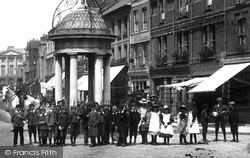Places
9 places found.
Those places high-lighted have photos. All locations may have maps, books and memories.
Photos
20 photos found. Showing results 81 to 20.
Maps
1,296 maps found.
Books
2 books found. Showing results 97 to 2.
Memories
613 memories found. Showing results 41 to 50.
Happy Times In Maldon
My family and I moved from London in 1955 to Maldon, following a visit the year before with our Sunday School outing, and we moved near to the Prom. We had such happy times living there and as children my friends and I used ...Read more
A memory of Maldon in 1955 by
Coven Heath School In The 1880s
I didn't go to the school but my great-great-auntie did. I have a letter of hers that I have been transcribing. She says.. "I went to a one roomed school on Coven Heath. I was 3. A young lady was the teacher who ...Read more
A memory of Coventry by
Lymington In The 1940s
My maternal grandmother and mother were both born in Lymington, my mother attending the grammar school in Brockenhurst (I remember as a small boy her pointing it out to me from the train) In 1944, when the V1 'doodlebugs' ...Read more
A memory of Lymington in 1944 by
Growing Up In A Small Village
My parents moved to Twycross from London in the early 1960s. We lived on Sheepy Road next door to Mr Charlie Brooks and Louie Jones. On the opposite side were Stan and Ilma Jones and Len Gibbs and his daughter Joan. ...Read more
A memory of Twycross by
Cheadle In The Second World War
I think that we must have moved to Cheadle around 1938, because I was born in Newcastle under Lyme, but my younger sister was born in Cheadle in 1939. At that time we lived on Leek Road. We had various ...Read more
A memory of Cheadle in 1930 by
Old School
If you head down Lampits Hill and carry on past Giffords Cross road on your right, you then enter Church Road, the next road on your left is Fobbing Road. Opposite this junction is a building called the Old School House, this was the ...Read more
A memory of Corringham in 1960 by
Drayton Jottings
Drayton Jottings. Auntie Alice, in Kings Avenue, regularly seen, out on her front doorstep, she kept it clean, the 'raddled' red stone was buffed to a shine, 'Old fashioned traditions', here continued,so fine. one day, ...Read more
A memory of Market Drayton by
St Vincent Road
I lived at the bottom of St. Vincent Road, near to Temple Hill Estate and Bow Arrow Lane. We used to play in the fields and I remember Temple Hill Estate being built. I remember the air raids in the war and the bomb falling in ...Read more
A memory of Dartford in 1945 by
Where I Was Born
My Beginning, at Sole Street near Cobham Kent. (9th March 1946 - 2nd January 1951) I was born on Saturday March 9th 1946 at 3.29pm at Temperley, The Street, Sole Street, Kent. I was delivered at home by the ...Read more
A memory of Sole Street in 1946
Air Raids
These memories are as fresh in my mind as if they happened last week. Boston had its share of air raids, the first one was on a rainy Monday, it was July, the first day of our summer school holidays. It would be about 7.15 am when we ...Read more
A memory of Boston in 1940 by
Captions
157 captions found. Showing results 97 to 120.
At the south end of the High Street Frith's photographer looks northwards beside the turning on the right into Hawleys Lane.
Along Padleys Lane, which curves north out of the village amid 1950s and later estate houses, we pass Burton Joyce Primary School.
To the north of the town, Crendon Lane was gated near where the station now is, and a track wended its way towards Amersham over Wycombe Heath, an area infested by highwaymen.
During the inter-war years the council tried to alleviate the high rate of unemployment and set up a number of public works schemes.
Between the Conservative Club building and the stuccoed, wisteria-clad cottages at the Falconer Road end of the High Street, rises the Coronation Arch marking the accession of Queen Elizabeth II to the
This very pretty village with its flint and brick houses and cottages runs south from the main road to its parish church of St Mary and St Peter, which is set high above the lane with the ruins of Wilmington
Off the High Street is Queen Street, taking us up towards St Peter's Church. On the left we see the long- established Andrassy's butcher's shop – it opened in 1886.
Roman remains are extant at Caldecott, but it is the later thatched and slated farmhouses, and rows of cottages (some with date panels) fronting onto the High Street which present a unified entity
We are looking from the start of the High Street towards the green.
The main axis of the principal roads consists of the Roman east-west artery, now the High Street, and one of the Roman north-south roads, now North Hill and Head Street.
Roman remains are extant at Caldecott, but it is the later thatched and slated farmhouses, and rows of cottages (some with date panels) fronting onto the High Street which present a unified entity
As part of the redevelopment of the central section of Leeds, the Leeds Estates Company embarked on an ambitious scheme to transform the squalor between Vicar Lane and Briggate.
This photograph looks northwards up the High Street to Donkey Lane and the 17th-century thatched Dormouse Cottage on the corner (centre).
Only a few steps further along the High Street brings us to some of the multiple stores. Marks & Spencer had replaced F Spence & Son, a furnishers with an impressive window display.
On the left is Shadwell Row: although greatly modified over the years, it incorporates two original houses dating from the late medieval period.
Only a few steps further along the High Street brings us to some of the multiple stores. Marks & Spencer had replaced F Spence & Son, a furnishers with an impressive window display.
The church of St John The Baptist, whose tower dominates the rising High Street, appears to date from the 13th century.
Woodmansterne Station, situated in Coulsdon, did not arrive until 1932 and, although some distance from the old village, it was an impor- tant factor in the development of new roads off Rectory Lane as
Both Back Lane and the High Street were well supplied with inns: the Blue Bell, the White Hart, the Talbot, the Three Arrows, the Dolphin, the Rose.
, and referred to the small village in the area close to the river covering what is now Teddington Lock, the nearby church buildings of St Mary and St Alban, and the river end of Teddington High
Their path lay across the meadow which is now crossed by Tor Way, then alongside the Tilmore Brook, turning sharp right where there is still a footbridge, and finally down Folly Lane to the High
These included the lodges which were built on the High Street at the end of the carriage drive (their sites are now the Library Gardens), by 1901 re-erected half way up Marlow Hill, and the lodge
The first Tudor building was the Railway Hotel, built on his own land, which he sold to a brewery.
The members of the Board took steps to get the entire town properly drained, and to restrict animals wandering the High Street too freely on market-day.
Places (9)
Photos (20)
Memories (613)
Books (2)
Maps (1296)


